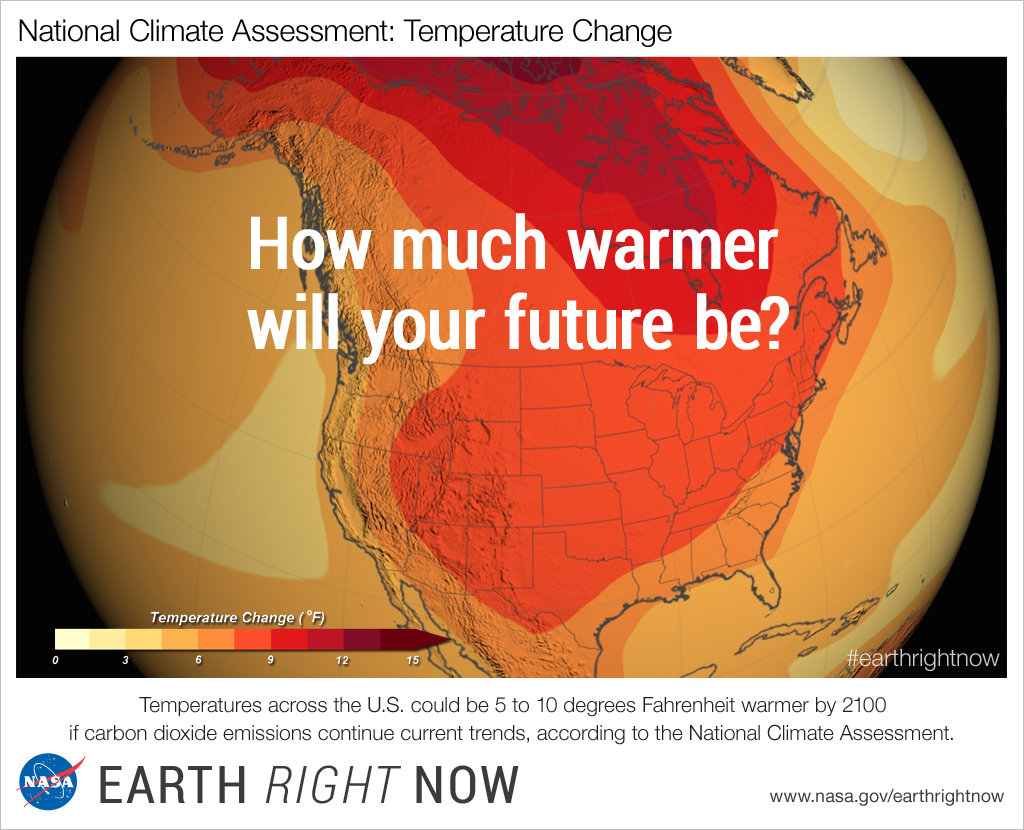
By Rick LoBello, Board Member
Enjoy reading about our amazing Chihuahuan Desert. Sign up for a free subscription to our blog.
Ever wonder why so many people are not up to date on climate change and how most of us are still hiding our heads in the sand when it comes to this topic?
Yes, it’s complicated. In 2020, the Pew Research Center reported that two-thirds of Americans think that the Government should do more on climate change and that there was bipartisan backing for carbon capture tax credits and extensive tree-planting efforts.
During the summer of 2021 the El Paso City Council began necessary steps to create a climate change action plan for our city that will influence public policy to compliment international efforts to address climate change. Other Texas cities like Houston and Dallas have already adopted plans to help mitigate climate change. Hopefully the plan adopted for El Paso will help to encourage cities everywhere to get involved and make a difference in helping to meet the goals of the Paris Agreement. The most important goal of the agreement is to limit global warming to well below 2, preferably to 1.5 degrees Celsius, compared to pre-industrial levels.

Like with the needs of human civilization, wildlife around the world are also threatened by climate change in countless ways. For example, at the El Paso Zoo and Botanical Gardens the Sumatran orangutans are ambassadors for orangutan conservation on the islands of Indonesia. Scientists are extremely concerned about how orangutans are threatened by increased habitat loss due not just to logging and expanding palm oil plantations, but by habitat loss due to climate change. It’s the same story everywhere, healthy environments are directly impacted by rainfall.

When I first posted on climate change earlier I stated that I have tons of questions about this topic and America’s response. Since the federal government is leading the effort to help our country implement the Paris Climate Agreement I contacted Congress asking the following questions. Like I said previously, it’s complicated. Over time I hope that we can have a plan for El Paso that will be easy to understand and help all of us make a difference in dealing with this environmental challenge in the days ahead.
How often does the U.S. report its progress on the agreement and to whom?
The U.S. federal government tracks its own performance toward meeting its commitments under international agreements, and makes that information available to Congress and the public. The foundational tool for tracking performance on greenhouse gas (GHG) emissions and removals is the “Inventory of U.S. Greenhouse Gas Emissions and Sinks,” an interagency effort led by the Environmental Protection Agency (EPA).
The Paris Agreement, which the Biden Administration re-joined in January 2021, includes a reporting and transparency framework with which all Parties must comply, once it is agreed. Each country is required to: (1) communicate to the Secretariat of the United Nations Framework Convention on Climate Change (UNFCCC) its Nationally Determined Contribution (NDC) every 5 years that details actions to mitigate GHG emissions, (2) communicate greenhouse gas inventories and implementation of their obligations—including financial support provided or received—not less than biennially to the UNFCCC, and (3) be subject to an international review of their implementation. The annual communications containing GHG emissions and removal estimates, as well as implementation of policies, are the basis for tracking performance against nonbinding pledges made in NDCs. In addition, under the UNFCCC and the Paris Agreement, there are country reviews by experts, other Parties, to which nongovernmental organizations may provide information, to ascertain and provide feedback on performance.
As part of the Framework Convention on Climate Change (the Paris Agreement is a subsidiary agreement under this treaty), the United States is requested to submit biennial reports as well, containing national GHG inventories, a national inventory report, and information on mitigation actions. The US failed to provide those due in 2018 and 2020.
Who is tracking progress in the U.S. to see how the U.S. is moving forward with the Paris Climate Agreement and who is measuring the impact of cities?
The federal government tracks its own progress, and the foundational tool is the GHG inventory (cited above), led by the EPA. In addition, the UNFCCC tracks countries’ GHG emissions and policies and actions, including those of the United States, on meeting the Parties’ commitments. All countries undergo a technical expert review of their GHG emissions inventories and their progress in implementing and achieving their commitments. Under the Paris Agreement, there is to be additional, multilateral review of countries’ performance and NDCs, the terms of which remain under negotiation. Every 5 years (first in 2023), there is a global stocktake to assess countries’ collective progress toward the Agreement’s long-term temperature goal (i.e., hold the GHG-induced increase in mean annual temperature to well below 2 degrees Celsius and to pursue efforts to limit the temperature increase to 1.5 degrees Celsius above the pre-industrial level).
The EPA compiles data on states, including state GHG emissions inventories. For city-specific data, there are a number of organizations that track and measure the climate commitments of cities, including CDP, C40 Cities, and the Global Covenant of Mayors for Climate and Energy.
Who can someone contact for questions about the global report card and Paris Climate Agreement?
Constituents may wish to contact the Bureau of Public Affairs. The UNFCCC has a number of web pages on the Paris Agreement and countries’ most recent NDCs.

Photos
Cover – Stefano, Wikimedia Creative Commons
Head in Sand – Peter, Wikimedia Creative Commons
Orangutan – Patrick Barry, Wikimedia Creative Commons
Elephant – Vince O’Sullivan, Wikimedia Creative Commons
Map – NASA, Wikimedia Creative Commons


